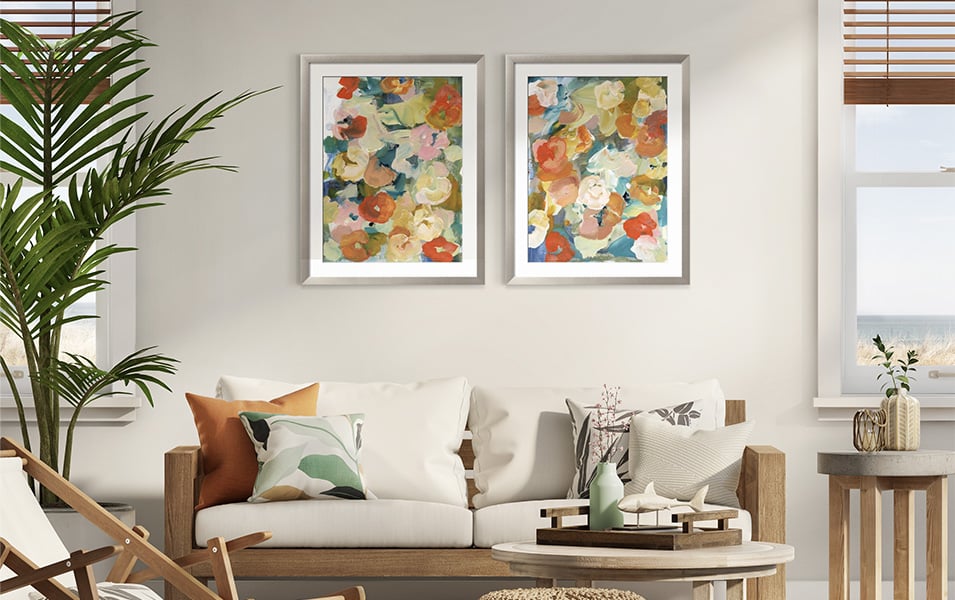Best Photo Sizes for Wall Displays: A Guide for Photographers
As a professional photographer, displaying your work in the best possible light is crucial to not only showcasing your talent but also enhancing the aesthetic appeal of any space. Understanding the best photo sizes for wall displays is an essential skill that can elevate your work from mere pictures to art that commands attention and admiration. In this article, we will dive deep into the world of wall displays, exploring the ideal sizes that will make your photographs stand out.

Why Photo Size Matters
Choosing the right photo size is more than just a matter of preference; it's about creating a balance and harmony within a space. The size of a photograph can significantly impact how it is perceived by viewers. A picture that's too small can be overlooked, while an oversized image might overwhelm the space. To make an informed decision, consider the dimensions of the wall, the viewing distance, and the purpose of the display.
Common Photo Sizes for Wall Displays
While there is a wide range of photo sizes available, some configurations are more popular due to their versatility and visual impact. Here are some commonly used sizes:
Small to Medium Sizes
- 8x10 inches: Perfect for small spaces or as part of a gallery wall.
- 11x14 inches: Offers slightly more presence while still being manageable.
- 16x20 inches: A favorite for portraits and family photos.
Large Sizes
- 20x30 inches: Makes a bold statement and works well as a standalone piece.
- 24x36 inches: Ideal for showcasing landscapes or detailed shots.
- 30x40 inches: Dominates a space and is best for large, empty walls.
Considerations for Choosing the Right Size
When selecting the best photo sizes for wall displays, consider the following:
Wall Space and Layout
Measure the wall space to understand how much room is available. Consider creating a mock-up of the layout using tape or paper cutouts to visualize how different sizes will fit together. For tips on arranging photo wall layouts, refer to this guide.
Room Function and Design
The purpose of the room and its existing decor play a significant role in determining photo size. A living room may benefit from a large, dramatic piece, while a hallway could feature a series of smaller images. Learn more about mixing art and photos on walls in this article.
Viewing Distance
Consider the distance from which the photo will be viewed. Larger photos are better suited for longer viewing distances, ensuring that intricate details are visible and appreciated.
Creating Impactful Displays
Once you've chosen the appropriate sizes, it's time to arrange them in a way that maximizes visual impact. Here are a few tips:
Gallery Walls
A gallery wall allows for a mix of sizes and styles. Use a variety of frames and orientations to create a dynamic and engaging display. For inspiration, check out these ideas.
Lighting Considerations
Proper lighting can enhance the appearance of your photos, highlighting textures and colors. Explore lighting tips for photo wall displays in this resource.
Storytelling Through Photos
Arrange your photos in a way that tells a story or evokes a particular emotion. For more on storytelling through photography, visit this blog post.

FAQs
What is the best size for a photo to be the focal point of a room?
For a photo to serve as the focal point, consider sizes like 24x36 inches or 30x40 inches. These sizes are substantial enough to draw attention without overwhelming the space.
How do I choose the right frame for my photos?
Select a frame that complements both the photo and the room's decor. Neutral colors and simple designs are versatile, while ornate frames can add a touch of elegance.
Can I mix different photo sizes on the same wall?
Yes, mixing different sizes can create an engaging and dynamic display. Ensure there is a balance, with larger photos anchoring the arrangement and smaller ones adding variety.
By understanding the best photo sizes for wall displays, you can transform any room into a gallery that showcases your work in the best possible light. For more information on the relationship between wall art and mood, visit this article.

